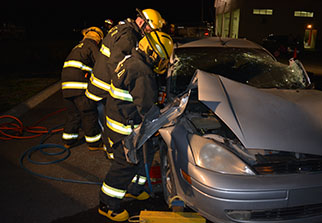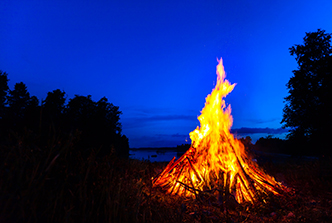Fire Protection
The FVRD provides fire protection to many electoral area residents. Through service agreements, several of our volunteer fire departments support a number of First Nations communities. All seven of our fire departments operate 24 hours a day, 365 days a year on a volunteer basis through 11 fire halls.
Like all services, only those electoral areas opting to pay for fire protection services participate. Each volunteer fire department is responsible for managing their programs including training of volunteers.
| Fire Department | Contact Information |
|
Boston Bar/North Bend |
Fire Chief: Crystal Pruim Hall #1 47715 Alder Road Hall #2 48904 North Bend Cres |
| Chilliwack River Valley |
Fire Chief: Mike Danyluk 48685 Chilliwack Lake Road |
| Columbia Valley |
Fire Chief: Richard Robinson 1202 Kosikar Road |
| Hemlock Valley |
Fire Chief: Ken Harbord 47100 Laurel Road |
| North Fraser |
Fire Chief: Gerard Baars Hall #1 Mailing Address: Hall #2 Hall #3 |
| Popkum |
Fire Chief: Walter Roos 10570 Popkum Road |
| Yale |
Fire Chief: Bruce Marshall Hall #1 31246 Douglas Street Hall #2 |



